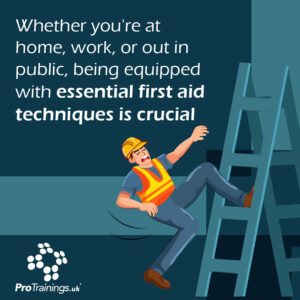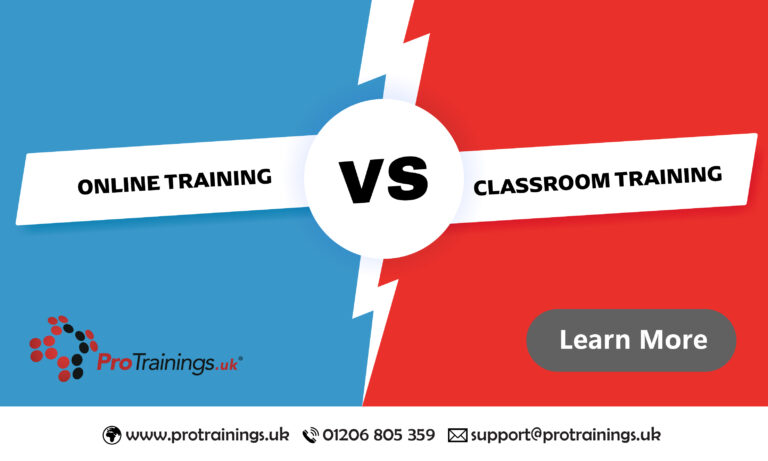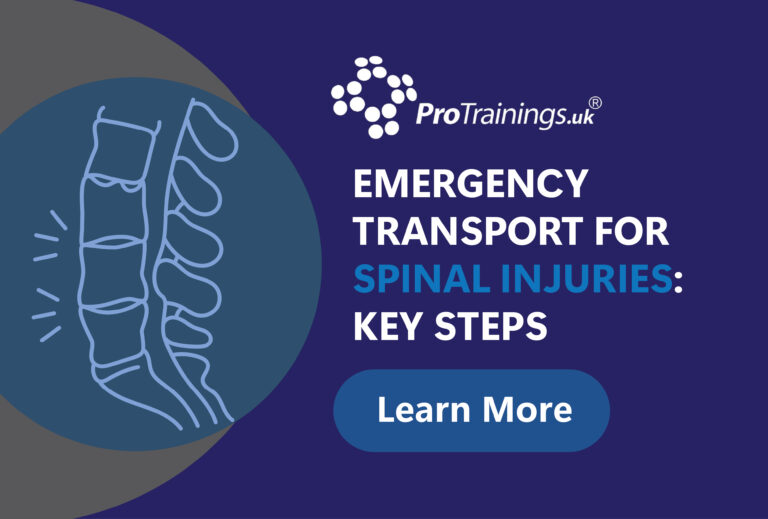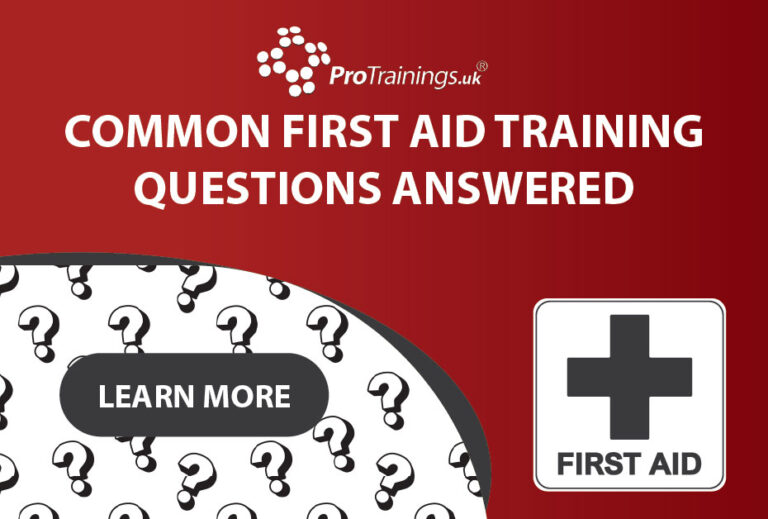Essential First Aid Techniques Everyone Should Learn
Accidents and emergencies can happen at any time, and knowing how to respond can save lives. Whether you’re at home, work, or out in public, being equipped with essential first aid techniques is crucial. This guide covers the basic first aid skills everyone should learn to ensure you’re prepared for any situation.
1. CPR (Cardiopulmonary Resuscitation)
CPR is one of the most important life-saving techniques. It’s used when someone’s heart stops beating, providing oxygen to the brain and other vital organs until professional help arrives:
- Step 1: Check if the person is responsive and breathing. If they’re unresponsive and not breathing, call 999 immediately.
- Step 2: Begin chest compressions. Place the heel of your hand on the centre of the person’s chest, place your other hand on top, and interlock your fingers. Press down firmly and smoothly, at a depth of 5-6cm, at a rate of 100-120 compressions per minute.
- Step 3: If trained, give 2 rescue breaths after every 30 compressions. Tilt the person’s head back, lift the chin, pinch the nose shut, and blow into their mouth. Continue until help arrives.
2. The Recovery Position
The recovery position is used to keep an unconscious person’s airway clear and open. It also helps prevent choking in those who are unconscious but breathing:
- Step 1: Kneel beside the person and make sure they’re on their back.
- Step 2: Place their arm nearest you at a right angle to their body.
- Step 3: Bring their other arm across their chest and place the back of their hand against their cheek nearest to you.
- Step 4: Bend the knee farthest from you to a right angle.
- Step 5: Carefully roll the person onto their side by pulling on the bent knee.
- Step 6: Tilt their head back slightly to keep the airway open and adjust the hand under their cheek as needed.
3. Treating Severe Bleeding
Severe bleeding can lead to shock and requires immediate attention. Here’s what to do:
- Step 1: Put on disposable gloves if available to protect yourself from bloodborne infections.
- Step 2: Apply direct pressure to the wound using a clean cloth or dressing. If the material becomes soaked, apply another layer without removing the first.
- Step 3: Secure the dressing with a bandage or cloth to maintain pressure.
- Step 4: If possible, raise the injured limb above the level of the heart to reduce blood flow.
- Step 5: Call 999 immediately and keep pressure on the wound until help arrives.
4. Managing Choking
Choking can happen quickly, and immediate action is required to clear the airway:
-
- Step 1: If the person can cough, encourage them to continue coughing to dislodge the object.
- Step 2: If they cannot cough, speak, or breathe, stand behind them and give 5 sharp back blows between the shoulder blades using the heel of your hand.
- Step 3: If back blows don’t work, perform abdominal thrusts (Heimlich manoeuvre). Stand behind the person, place your arms around their waist, and pull inward and upward just above the belly button.
- Step 4: Repeat until the object is expelled or the person becomes unconscious. If they lose consciousness, begin CPR and call 999.

5. Treating Burns and Scalds
Burns and scalds can cause serious injuries, and quick treatment is crucial to minimise damage:
-
- Step 1: Cool the burn immediately under cold running water for at least 20 minutes.
Step 2: Do not apply ice, butter, or any creams to the burn.- Step 3: Cover the burn with a sterile, non-fluffy dressing or cling film to protect it from infection.
- Step 4: Seek medical attention for severe burns, especially if they cover a large area or affect the face, hands, or genitals.
6. Dealing with Fractures
A fracture (broken bone) requires immobilisation and prompt medical attention:
- Step 1: Do not move the injured area unnecessarily. Keep it still to avoid further injury.
- Step 2: If necessary, immobilise the fracture using a splint or by securing the area with a sling or bandage.
- Step 3: Apply a cold pack to reduce swelling, but do not apply directly to the skin – wrap it in a cloth first.
- Step 4: Seek medical help immediately by calling 999.
Conclusion
Learning these essential first aid techniques can make a significant difference in an emergency. Whether you’re at home, work, or in public, being prepared with these skills can save lives and prevent injuries from worsening. Consider taking a first aid course to further enhance your knowledge and confidence in handling emergencies.




